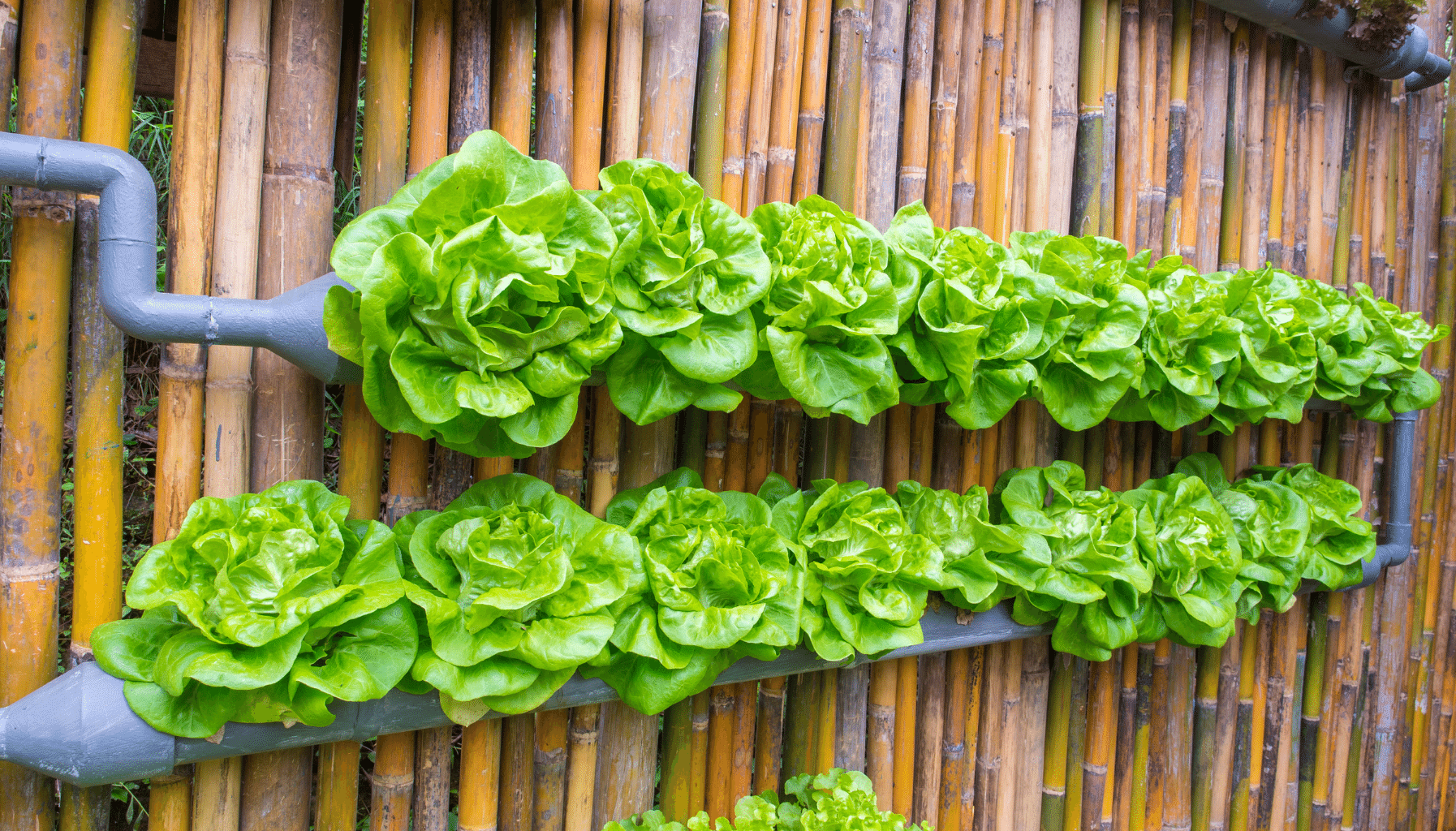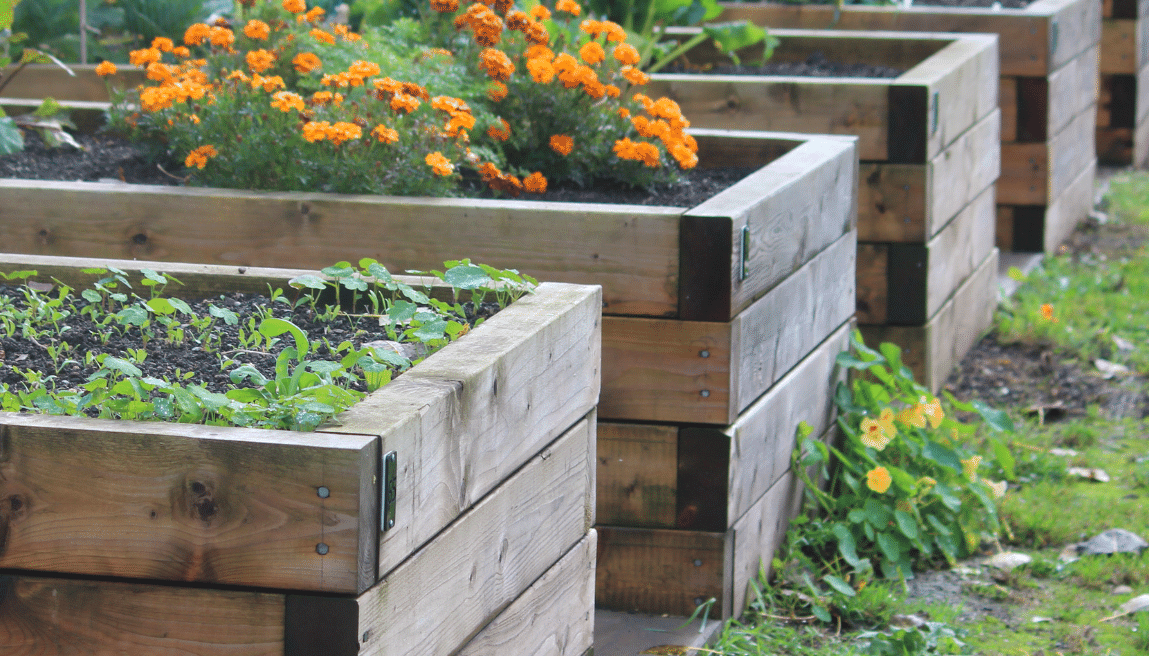
When it comes to cultivating a successful garden in limited spaces, the key lies in maximizing productivity within raised beds. Raised beds provide a range of advantages, such as enhanced soil drainage, improved soil quality, and effective weed management.
Planning a thriving garden in a confined area necessitates careful consideration of crucial elements like sunlight exposure, plant spacing, and adequate irrigation.
Exploiting vertical space by cultivating climbing vegetables such as beans or cucumbers can significantly boost productivity.
Selecting the right mix of vegetables is paramount for success in small-space gardening. Implementing efficient watering and soil upkeep methods is essential for a flourishing vegetable garden within a restricted area.
Maximize Your Gardening Space With Raised Beds
Raised beds are a game-changer for gardeners seeking to optimize their gardening space while reaping the benefits of better soil drainage, preventing compaction, and providing easier access for planting and harvesting. These versatile garden beds, whether used in a small garden or on a larger scale, offer a practical solution for maximizing your harvest and making the most out of limited space.
Vertical gardening techniques, such as trellises and companion planting, can further enhance space utilization in your raised bed garden.
Whether you’re growing a vegetable garden or experimenting with container gardening, raised beds offer endless possibilities for gardeners of all levels.

Tips For Growing A Variety Of Vegetables In Small Areas
Growing a variety of vegetables in compact spaces can be a rewarding and efficient way to maximize your garden’s potential. Strategic planning and knowledge of space-saving techniques are essential for success.
For example, utilizing vertical space by planting climbing vegetables like pole beans and peas can help you make the most out of limited space.
Interplanting smaller crops with larger ones can further optimize your growing area.
Consider using containers or hanging baskets for herbs and smaller vegetables on your balcony or patio. Rotation of crops yearly is also crucial to prevent soil depletion and ensure healthy produce.
Choosing compact varieties like tomatoes and cucumbers is key for small spaces. By following these tips and implementing concepts such as succession planting and square-foot gardening, any gardener can successfully grow a diverse range of vegetables in a limited space.
Tips for Maximizing Garden Space
- Utilizing vertical space by planting climbing vegetables like pole beans and peas
- Interplanting smaller crops with larger ones to optimize the growing area
- Using containers or hanging baskets for herbs and smaller vegetables on the balcony or patio
- Rotating crops yearly to prevent soil depletion and ensure healthy produce
Utilize Vertical Gardening Techniques For Small Space Gardens
When faced with limited gardening space, it can be challenging to cultivate a lush and thriving garden. There are innovative techniques available to gardeners looking to make the most of their small area.
Vertical gardening methods provide a practical solution for maximizing plant growth without sacrificing valuable ground space.
By implementing vertical planters, trellises, hanging baskets, and wall-mounted systems, you can grow a variety of plants, including vegetables and flowers, in a compact garden.
These strategies save space and allow for creative and decorative garden displays. To ensure success with gardening in small spaces, it is essential to follow expert tips such as selecting the right plants, maintaining proper spacing, and conducting regular maintenance.
With these 15 tips, you can transform your small space garden into a flourishing oasis and enjoy a bountiful growing season.
Companion Planting: Maximizing Productivity In Small Garden Beds
Embarking on a gardening journey can be a rewarding experience, especially when faced with limited space or working with small varieties in a raised garden bed. Companion planting offers a brilliant strategy to increase productivity and maximize the potential of your growing space.
By strategically pairing different plants together, you can create a symbiotic relationship that benefits each crop, while also promoting natural pest control and enhancing nutrient availability.
Picture a harmonious garden where every plant plays a crucial role in supporting one another, allowing you to save space and make the most of your limited growing area.
With these 5 tips for small-space gardening, you can unlock the full potential of your garden and enjoy a bountiful harvest. Let’s delve into the benefits and key principles of companion planting for small varieties and limited spaces.
Benefits of Companion Planting for Small Space Gardening
- Companion planting can help improve soil health by diversifying plant roots and enhancing nutrient uptake.
- Strategic plant pairings can attract beneficial insects that aid in pollination and pest control.
- Combining plants with different growth habits can maximize space utilization and increase overall yield.
Easy Tips For Succession Planting In Raised Bed Gardens
Embarking on the journey of succession planting in raised bed gardens can lead to a plentiful harvest all season long. Understanding the concept of succession planting is crucial for maximizing yields in limited outdoor space.
When carefully selecting the right varieties and creating a planting schedule, you can cultivate a diverse array of edible plants despite having limited space in a small garden.
By maximizing your use of space and implementing a strategic plan, you can grow more in less space and make the most out of your small garden space.
With proper care and maintenance, your succession plantings will flourish and provide you with a continuous supply of fresh, small-space gardening throughout the growing season.
Creating A Trellis System For Vining Plants In Small Spaces
When working with limited space in your garden, using trellis systems for vining plants to optimize plant growth and save space is important. These structures are crucial for small-space gardening, allowing you to maximize your garden area and provide ample space for growing various vegetable crops.
Vining plants are a fantastic choice for small-space gardeners as they can be trained to grow vertically, making the most of the available space.
To construct a reliable trellis system, gather materials like wooden stakes, wire mesh, and zip ties, and follow step-by-step instructions for building a sturdy support system for your plants.
Don’t forget to incorporate these tips for maintaining and training your plants on the trellis to ensure successful growth.
| Benefits of Utilizing Trellis Systems | |
|---|---|
| Optimizes plant growth | Saves space |
| Maximizes garden area | Provides ample space for growing various vegetable crops |
| Allows vining plants to grow vertically | Helps make the most of the available space |
| Supports successful growth of plants | Ensures plants are maintained and trained properly |
How To Choose The Right Containers For Small Space Vegetable Gardening
When it comes to cultivating an abundant vegetable garden in a limited area, the choice of containers plays a pivotal role in your success. Careful selection of suitable pots or planters can significantly affect how well your plants thrive in their confined vertical space environment.
To ensure optimal growth and health for your vegetables, it’s important to consider various factors such as container size, depth, material, drainage, portability, and versatility.
Utilizing innovative techniques like repurposing household items or thinking creatively about vertical space can help maximize your small garden area’s potential.
Expert advice from gardening guru, Kelli Klein, suggests easy-to-grow compact plants and top tips for maximizing space in the garden for growing food effectively. Following these strategies, you can transform a small gardening space into a bountiful edible oasis.
Maximizing Harvests With Limited Space Through Square Foot Gardening Techniques
Are you looking for ways to optimize your harvests in a small gardening area? Maximizing vertical space, intercropping, companion planting, selecting compact vegetable varieties, and practicing succession planting can make the most of your limited space.
Incorporating crop rotation will also help preserve soil fertility for long-term success.
Consider constructing raised beds for a unique growing experience, utilizing the small sunny spots you have available.
You can establish a productive and effective gardening space with these simple strategies.
Optimizing Harvests in Small Gardening Areas
- Maximizing vertical space allows for more plants to be grown in a small area
- Intercropping and companion planting can help with pest control and improve soil health
- Selecting compact vegetable varieties can yield a higher quantity of produce in a limited space
- Practicing succession planting ensures a continuous harvest throughout the growing season
Compact Secrets Achieving Raised Bed Garden Success
Karthik loves gardening in small spaces.
Richard is going to love this!



